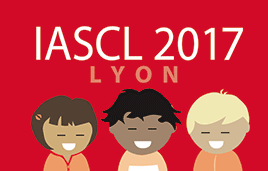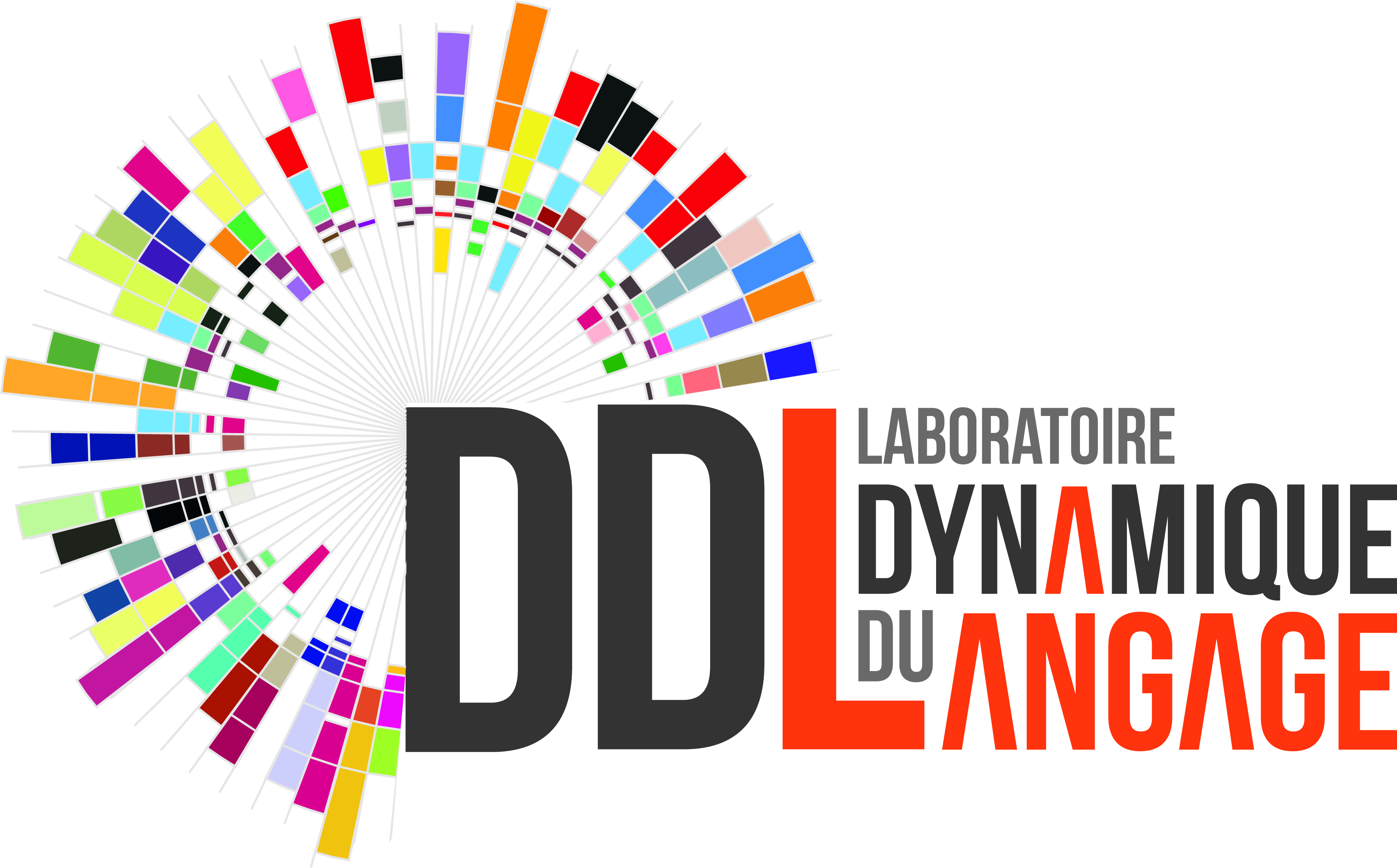Third Call for Symposium and Poster Abstracts IASCL 2017
Deadline for Symposium & Poster abstracts: EXTENDED TO September 30th, 2016
CALL FOR ABSTRACTS - CLOSED
Deadline for Symposium abstracts: EXTENDED TO September 30th, 2016
Deadline for Poster abstracts: EXTENDED TO September 30th, 2016
Notification of acceptance: End of December, 2016
Submission website : http://iascl2017.sciencesconf.org/
Submission templates : download zip archive
Submission guide : download guide
The XIVth International Congress for the Study of Child Language (IASCL) is organized by the Laboratory Dynamique Du Langage and will be hosted by the University Lumière Lyon 2.
The special emphasis topic of the meeting is on "First language acquisition in a lifespan perspective".
Symposium abstract submission
Every symposium has one convener; he/she is responsible for organizing the symposium and will act as the only contact person.
Prospective conveners may submit not more than one proposal for a symposium. Convening a symposium does not preclude participation as a presenter in other symposia or being first author on a poster. For clarity: you can be convener of maximally one symposium and first author of maximally one poster. There are no limits on the number of first or non-first authorships of oral papers and no limits on non-first authorships of posters.
Symposia consist of 4 (or 5) presentations. The full symposium abstract is divided into (1) an abstract for the symposium as a whole and (2) individual abstracts for each of the presentations contained in the symposium. Each abstract (for the symposium as well as for the individual presentations) must stay within 300 words. Each abstract must have a title. Note: a symposium can involve a discussant. If this is the case, we advise restricting the number of presentations to four. There is no need to supply a separate abstract of a prospective discussant's contribution.
The symposium abstract must contain a statement of its theme and overall goal.
Each abstract for the presentations within a symposium should contain a concise statement of (i) the research question, (ii) methods, (iii) results, and (iv) a conclusion. Up to 3 references may be added and will not be included in the word count. To make the reviewing procedure fully anonymous, do not include references by any of the authors involved.
A symposium slot is always two hours. It is the task of the convener to make the precise programming within the slot (e.g. presentation time, discussion time etc.)
The symposium abstract must be submitted using the official abstract web form. Abstracts are submitted in English. Author names will be processed by the abstract handling system.
Key words: the symposium convener has the task of indicating (on the web form) the categories that best represent the symposium submission (see below) and should in addition provide 3 to 5 key words for their symposium.
Poster abstract submission
The first author will act as the only contact person.
Prospective poster presenters may submit not more than one poster proposal of which they are the first author. Being first author of a poster does not preclude contributing to other posters as co-author or being convenor of a symposium. For clarity: you can be first author of maximally one poster and convenor of maximally one symposium. There are no limits on the number of first or non-first authorships of oral papers and no limits on non-first authorships of posters.
The abstract (maximum 300 words) should contain a concise statement of (i) the problem under investigation, (ii) the empirical methods used, (iii) the results obtained, and (iv) a conclusion. Up to 3 references may be added and will not be included in the word count. To make the reviewing procedure fully anonymous, do not include references by any of the authors involved.
The poster abstract must be submitted on the official abstract web form by the first author. Abstracts are submitted in English. Author names will be processed by the abstract handling system.
Key words: the first author has the task of indicating (on the web form) the categories that best represent the contribution and should in addition provide 3 to 5 key words.
Please note: Layout requirements for the poster will be published later.
Book of abstracts
The book of abstracts will be available before the conference but in electronic form only. Abstracts will not be edited. The authors are thus responsible for the abstract as it appears in the book of abstracts.
Subject Categories.
For the purpose of reviewing and programming, abstracts will be organized on the basis of categories related to a general research area and to particular linguistic areas. When submitting your abstract, please indicate on the web form which categories in the 4 lists best represent your contribution. The categories are listed below in alphabetical order. They also indicate the scope of the subject matter of IASCL 2017.
- (1) General perspective
- L1 acquisition
- L1 attrition
- (2) General areas
- Multilingualism
- Cognition and language
- Cultural and social factors
- Atypical populations
- Literacy and language
- Neurobiology in typical and/or atypical language
- New methods in language research
- Input factors
- Sign language
- Non verbal communication (gestures, facial expressions, etc.)
- Later language development
- Other (please, specify).
- (3) Linguistic areas
- General language
- Morphology
- Phonetics and Phonology
- Pragmatics
- Semantics and lexicon
- Syntax
- Prosody
- (4) Domains
- Production
- Perception
- Comprehension
- Degree of originality
- Contribution to the field - The symposium promises to make a significant contribution to the field.
- Research questions/objectives/hypotheses - The research questions/objectives/ hypotheses are clearly stated.
- Theoretical background - The content relates well to existing literature in the field, i.e. the relevant literature is adequately referred to.
- Methodology - The abstract makes clear that research methods used are appropriate and well-motivated.
- Presentation and discussion of results – The findings are clearly presented, and aligned with the stated research questions/objectives.
- Degree of originality
- Contribution to the field - The poster promises to make a significant contribution to the field.
- Research questions/objectives/hypotheses - The research questions/objectives/ hypotheses are clearly stated.
- Theoretical background - The content relates well to existing literature in the field, i.e. the relevant literature is adequately referred to.
- Methodology - The abstract makes clear that research methods used are appropriate and well-motivated
- Presentation and discussion of results – The findings are clearly presented, and aligned with the stated research questions/objectives.
Symposium reviewing criteria
Symposia abstracts (main submission plus individual abstracts) will undergo a review. In the review process the main abstract and individual abstracts within the symposium will be evaluated on a 6-point scale for each of the following criteria:
The grades will then be combined in an overall score for the symposium as a whole; submissions will be ranked on the basis of their total scores and the best selected for the number of symposia slots available.
NB If the use of English is not clear, and this impacts on the overall clarity of the abstract, this is likely to affect the evaluation.
Poster reviewing criteria
Poster abstracts will undergo a review. In the review process the abstract will be evaluated on a 6-point scale for each of the following criteria:
The grades will then be combined in an overall score and the best selected for the number of poster slots available.
NB If the use of English is not clear, and this impacts on the overall clarity of the abstract, this is likely to affect the evaluation.







